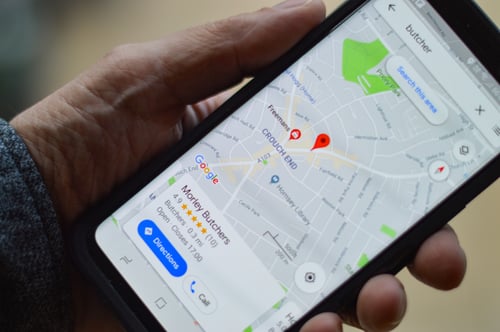On Oct. 2, 2019, Google announced Action Blocks, a new accessibility tool for Android users with disabilities and their potential caregivers.
For those without cognitive disabilities, doing things like ordering a rideshare, looking up a YouTube video, or making a phone call are straightforward. However, this isn’t always the case for people with cognitive disabilities, and combing through a cluttered application screen can be arduous.
Action Blocks allows users to utilize Google Assistant to set commands that are attached to pictures. Users can then set these pictures to their Android device’s home screen, and clicking them can open apps, call specific people, or share their location. If connected to IoT devices, they can even control the lights or temperature in their home.
While accessibility has been getting more attention from businesses, it’s usually in terms of their web presence, software applications, or website accessibility software. Moreover, most accessibility tools are made with visual or auditory impairments in mind, not cognitive. Action Blocks is breaking ground by providing a tool built specifically to support and empower individuals with cognitive disabilities.
Apple’s Siri Shortcuts provide very similar functionality by allowing users to attach voice commands to specific actions. However, Action Blocks was built specifically to address accessibility needs. Voice commands can still prove challenging for some people with cognitive disabilities, and Action Block’s visual shortcut approach is better suited to accommodate their needs. It is likely Google will add voice command shortcut functionality to Action Blocks in the future as well.
For now, Google is positioning Android and Google products as a clear choice for individuals with cognitive considerations, and we wait to see if Apple has an answer.



 by Jazmine Betz
by Jazmine Betz
 by Jazmine Betz
by Jazmine Betz
 by Jazmine Betz
by Jazmine Betz